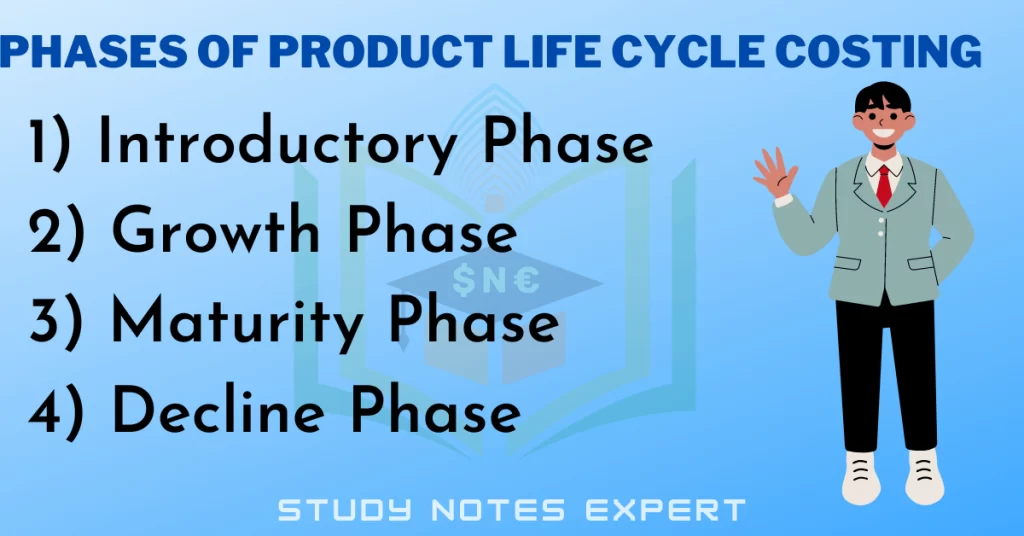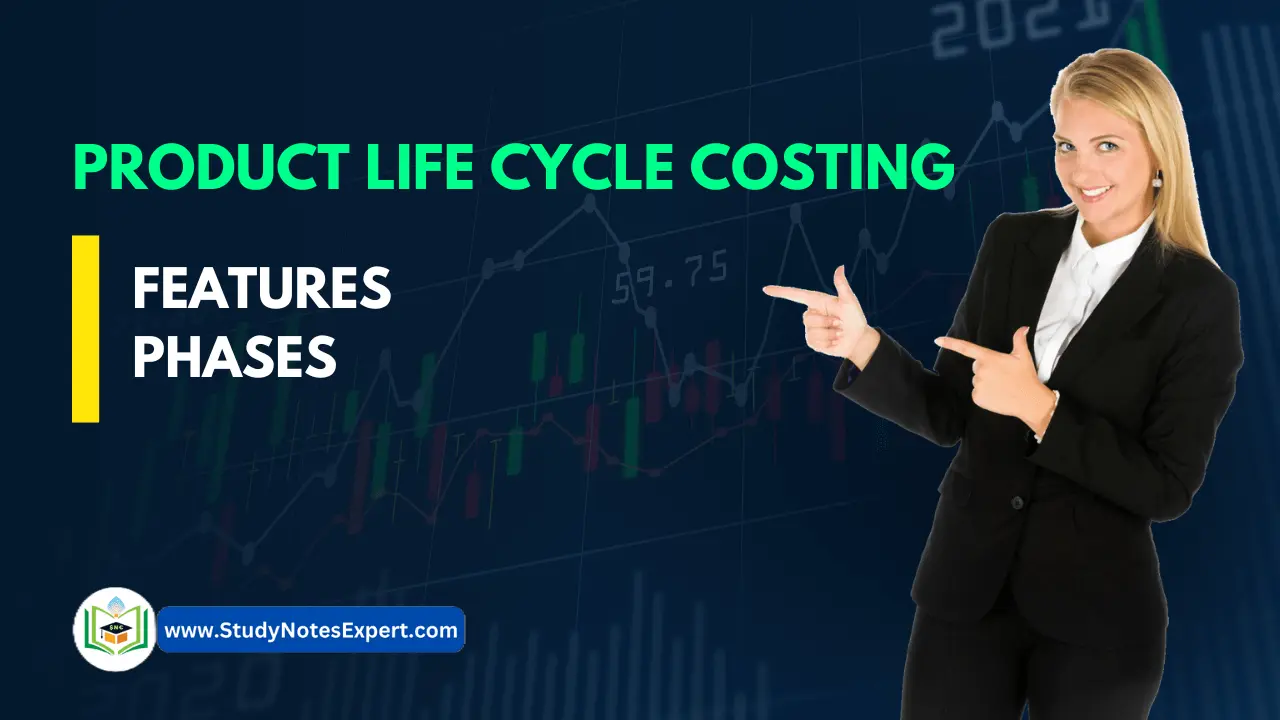Here we will discuss the product life cycle costing, which is very important. It is a cycle of revenue, expenses, profit, and sales levels. The life span of a product could differ from a few months to some years. It includes the time between the initial ideas and the product’s removal.
Features of Product Life Cycle Costing
Product Life Cycle Costing includes the following features:
- It tracks revenues and costs for every product over several calendar months and covers its entire cycle. At the same time, it allows the analysis of payment and expenses through time intervals.
- Costing for the product’s lifecycle includes other costs, including R&D expenditures during the lifetime of the products. Because the expenses are recorded for each product, comparing the profits to the costs incurred is simpler.
With the aid of life cycle costing, it’s much easier to record and track the costs of individual products. The price is also easier to see.
Various Phases of Product Life Cycle Costing

The following are the four major phases of the product’s life cycle:
1) Introductory Phase
This stage is when you introduction of the product to the market. The competition is low during this stage, and the primary customers are innovating. Profits are still out there at this point.
2) Growth Phase
In this phase, it is rapid growth in both profits and sales. This also encourages competitors to come into the market. It is also a sign of a drop in profit towards the end of the expansion phase.
3) Maturity Phase
Sales continue to grow throughout this time. However, the rate of growth is slower. Profits fall due to the intense pricing competition among producers and mediators. Some companies introduce new models.
4) Decline Phase
This is the final phase of the life cycle of the product. It is characterized by a decline in demand forecasting or need for the product leading to a decrease in sales. This is typical because of the introduction of lower-cost or superior outcomes. It is the last product life cycle phase.

